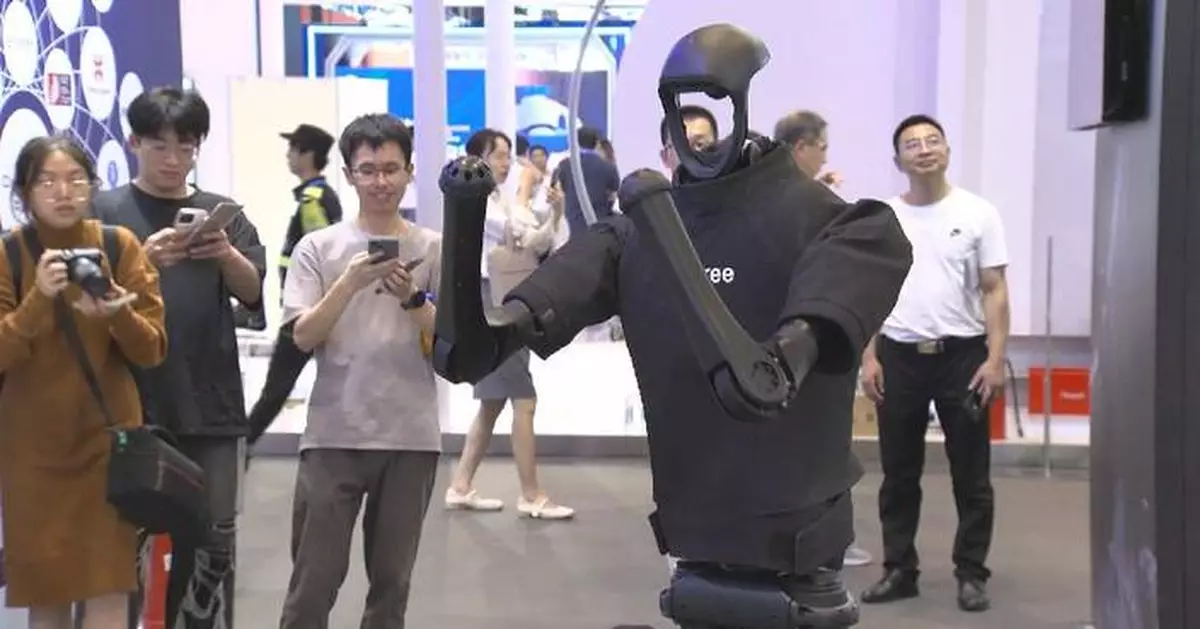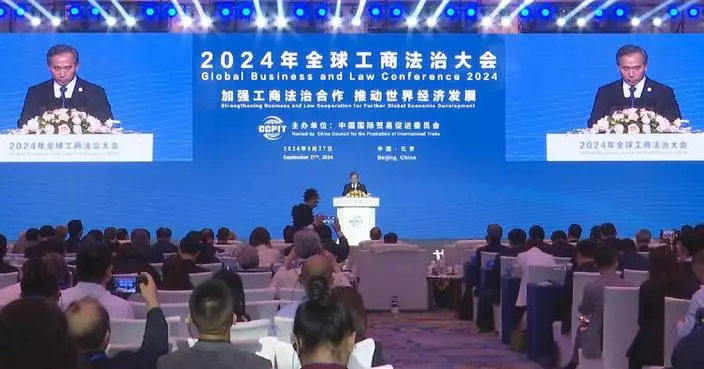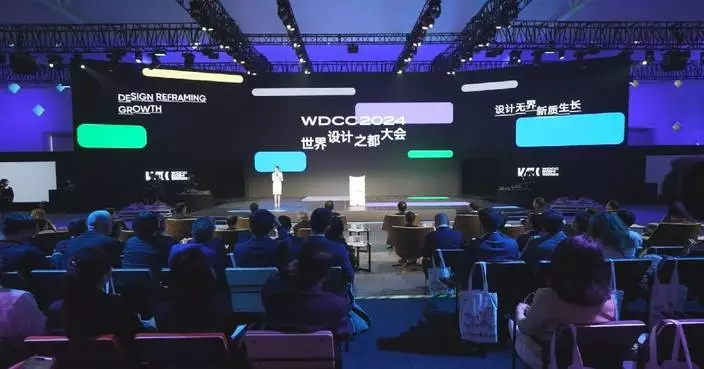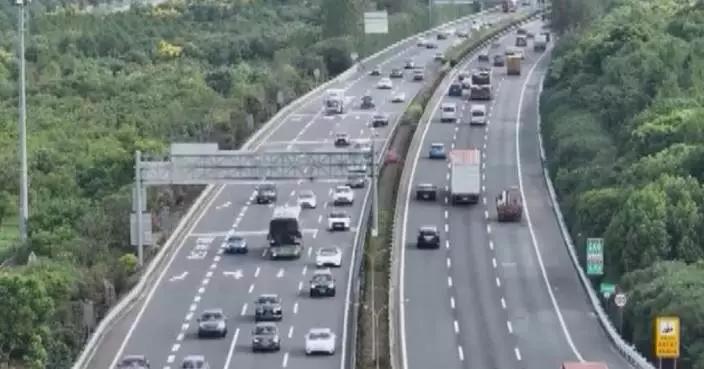Over 60 types of robots serving various industries draw people's attention at the third Global Digital Trade Expo in Hangzhou City of east China's Zhejiang Province, highlighting the latest development trends in the Chinese and global robot industry.
Among the exhibits, humanoid robots are most eye-catching. One general humanoid robot on display weighs less than 50 kilograms and can dance, wiggle, and run at a speed up to 3.3 meters per second while maintaining good balance.
"Our robots' equilibrium is achieved through our movement algorithm and continued iteration. In the past, our four-legged robot could not keep balance when heavily kicked, but now we have made it. We are also offering hardware upgrade for our different clients, to improve their robots' mobility to a similar level," said Zhou Ning, an exhibitor.
Educational robots are also impressive. Exhibitors present a phalanx of robots performing the Yingge Dance, a cultural heritage dance from Chaoshan region, south China's Guangdong Province, introducing Chinese culture to children while sparking their interest in AI and robots.
"Our base focuses on AI education, and for the Yingge Dance section, we consider it as a research and study program for our students, while allow children to learn about Chaoshan's traditional culture while diving into programming, latest artificial intelligence and other technologies," said Yang Tian, the exhibitor of the robot phalanx.
In real-life scenarios, robots are increasingly taking on repetitive tasks. The newly introduced cleaning robots can fully replace human cleaners, efficiently managing tasks such as cleaning counter tops, washing toilets, and clearing garbage.
"One robot can manage such public toilets of six floors, replacing at least six to eight human cleaners," said Zhou Yong, the exhibitor of cleaning robots.
Robots have been playing important roles in household services, health care, medical services, and emergency rescue. The expo provides an opportunity for global businesses to explore new applications of robotic industry.
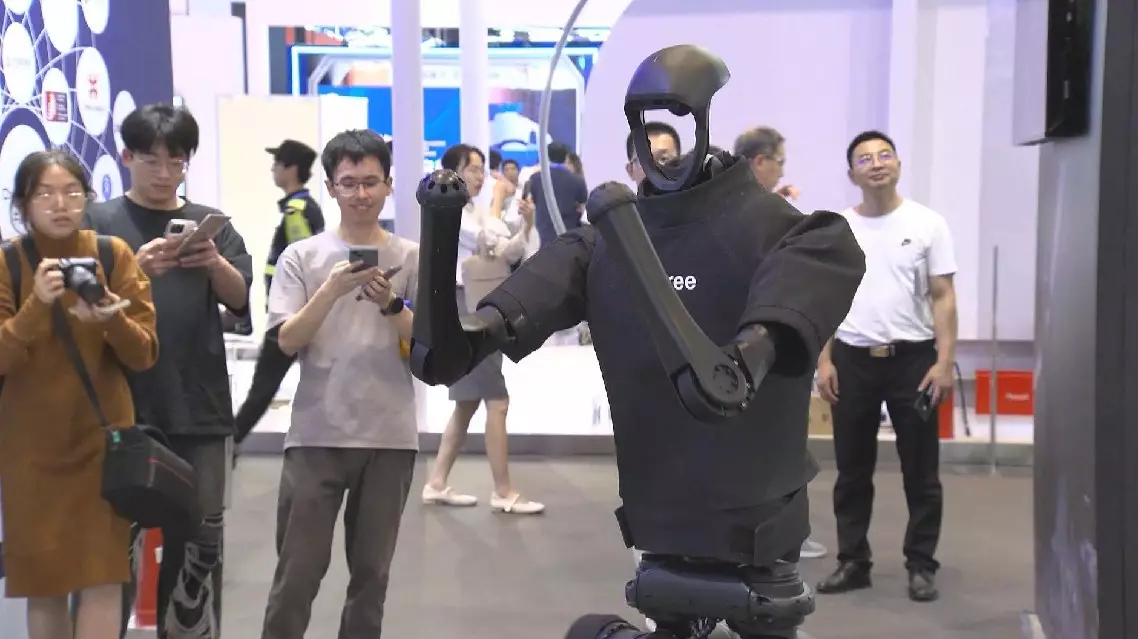
Robots serving various industries under spotlight at 3rd Global Digital Trade Expo
Decades of persistent efforts against desertification in and around Kekeya have paid off, generating economic and ecological benefits for this once-arid land in Aksu Prefecture, located in northwest China's Xinjiang Uygur Autonomous Region. Nestled on the northern edge of the formidable Taklimakan Desert, Kekeya was once notorious for its tumultuous weather and ceaseless sandstorms. Covering a staggering expanse of 337,000 square kilometers, the Taklimakan is China's largest desert and is infamously known as the "Sea of Death".
In an effort to combat desertification and alleviate the adverse effects of shifting sands and dust storms on nearby residents, an ambitious afforestation project was launched in Kekeya in 1986. Consequently, what is now known as the "Green Great Wall" has gradually emerged.
Faced with water shortages, high soil salinity, and a lack of heavy machinery, those pioneers who first engaged in the project in Aksu rose to the challenge. They toiled with simple tools to soften the hardened soil, level the ground, and adjust soil alkalinity to create a suitable environment for the growth of trees.
"We were planting trees almost every spring and autumn then," said Song Jianjiang, one of the first forest rangers for the afforestation project.
One year later, the barren land of Kekeya showed its first signs of greenery. Local people saw hope for better living conditions, without sand finding its way into their rice bowls.
"We were planting trees almost every spring and autumn then. Since our shelter-belt forest was planted, it has blocked the wind and sand from afar, helped keep our homes clean," said Song.
In the first decade of the afforestation project, Kekeya saw about 2,200 hectares of artificial forest completed, and another 4,360 hectares in the second decade.
Since 2012, Kekeya has achieved 62,000 hectares of afforestation, and the total afforestation has exceeded 80,000 hectares.
Zhao Hongguang, a local apple grower, said there is a stark difference between growing on the land now as compared to 30 years ago.
"Back then, I planted over 2.6 hectares of land, but only 280 pear and apple trees survived. Now, one mu (one-fifteenth of a hectare) of land can produce 3 to 4 tons of apples. Four tons of apples can sell for over 20,000 yuan (about 2,852 U.S. dollars). Most of my apples are sold to the Yangtze River Delta and the Pearl River Delta regions," he said.
Residents Su Hui and his wife Lu Fang are both photography hobbyists. As the ecological environment improves, more birds and wildlife are captured in their lenses.
"In recent years, as the ecological environment improves, some bird species that we had never seen before have appeared in Aksu, such as kingfishers, red crossbills, and bluethroats. These birds were never seen in Aksu before, but now they can be spotted here," said Su.
After relentless efforts spanning generations, the afforestation project in Kekeya has achieved over 80,000 hectares of afforestation. Kekeya's forest coverage rate rose from 8 percent in 1986 to 73 percent in 2020. Today, green spaces and pocket parks are spreading throughout Aksu's urban areas.
"We have built the shelterbelt forest in Kekeya, and it has brought hope to everyone here," said Song.
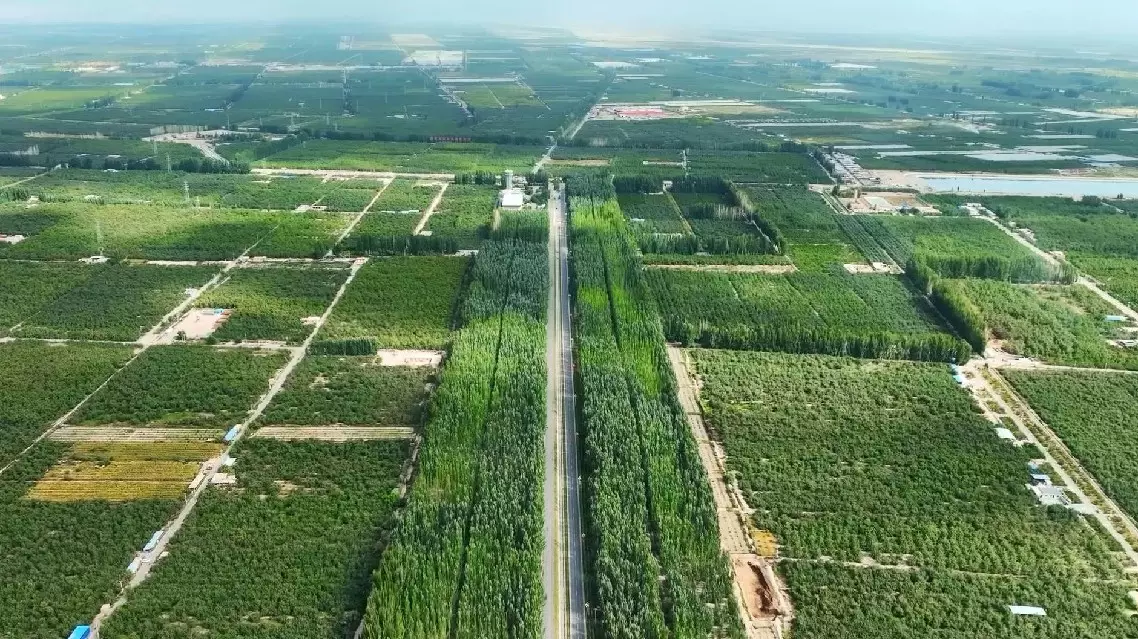
Xinjiang's Kekeya becomes green miracle in China's largest desert



